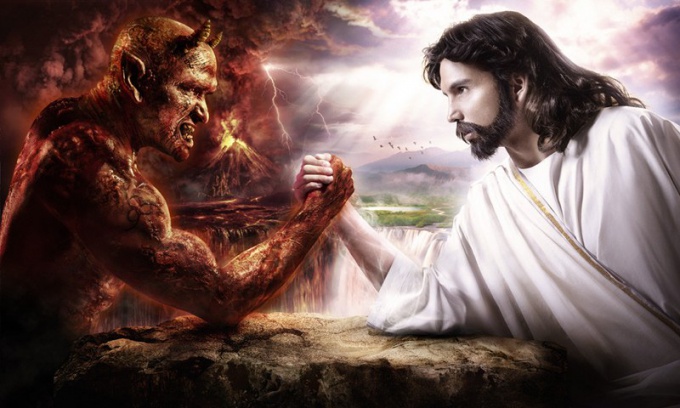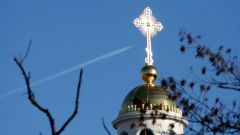Instruction
1
Of course, the appearance of the devil in the view of people has varied from era to era.
Satan, Beelzebub, Lucifer, the evil one, the devil incarnate, the quintessence of all evil... the Bible just calls him a Beast, emphasizing the anti-human essence. In the middle ages, horns, hooves and tail, a hideous appearance, were the indispensable attributes of the oldest extant images of the devil.
Satan, Beelzebub, Lucifer, the evil one, the devil incarnate, the quintessence of all evil... the Bible just calls him a Beast, emphasizing the anti-human essence. In the middle ages, horns, hooves and tail, a hideous appearance, were the indispensable attributes of the oldest extant images of the devil.
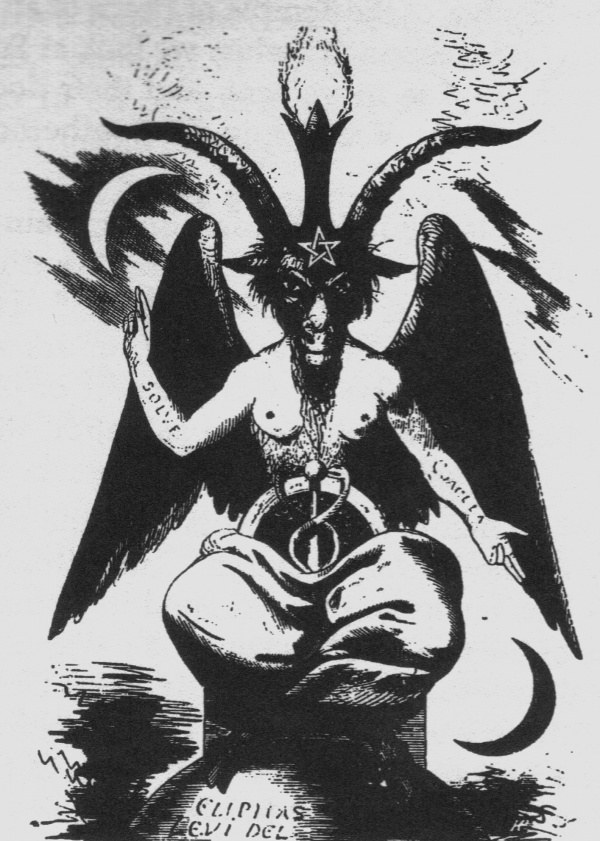
2
Maybe I had a kind of visual incident: horns, hooves and tail went medieval devil inherited from the Greek satyrs, who are also depicted with horns, hooves and a tail. The difference is that satyrs already can not be called masters of evil: the Greeks portrayed them harmless bum planujemy, which was that she played the flute and nursed by nymphs on the lawns of the Olympic...
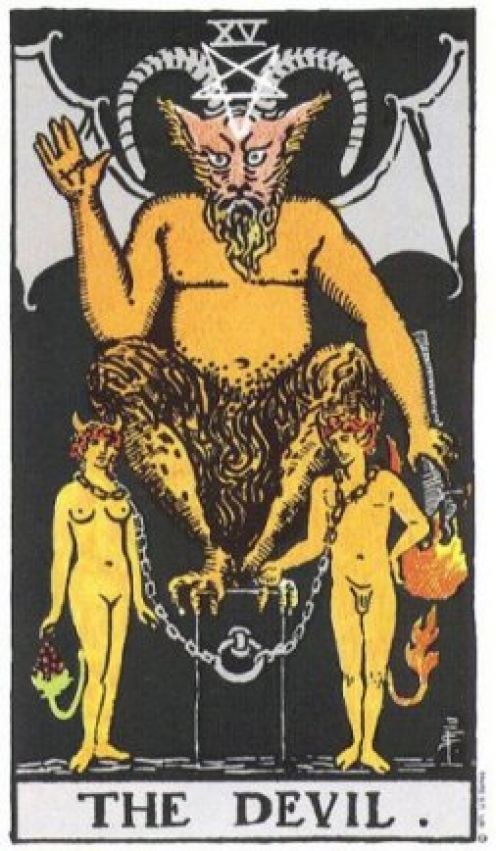
3
Natural and the great Renaissance took the art to unprecedented in human history height. Leonardo da Vinci, Michelangelo Buonarotti also thought about how the devil looks. And both have found a way to circumvent the Church's ban, and to convey to posterity his vision of the appearance of the devil. The great Florentine encrypted image of the devil in the group where the Central characters were the Madonna and child. You can not see it, but the devil here, he's always here! – how would said Leonardo. To see the devil, will need a mirror. Put a mirror on the shape of the Madonna – and you will see the devil.
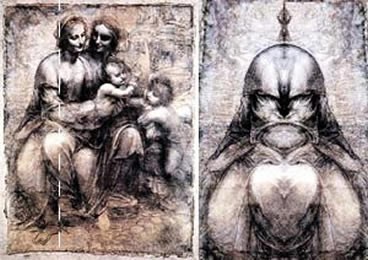
4
... Of the Great Renaissance sculptor Michelangelo created the genius of the statue, around which, to this day scratching their spears critics. Talking about the figure of Moses – that is, as if Moses, who actually is not Moses. Universe power, cruelty and malice which breathes this figure does not tally with the image of the biblical hero who saved from destruction an entire people. And most importantly: a neat little horns on the head of the character. The last attribute is definitely showing that is no Moses, depicted the devil as he looked at his Michelangelo. Moses suffered innocently? – Of course. Just great sculptor found no other way to circumvent the ban of the clergy.
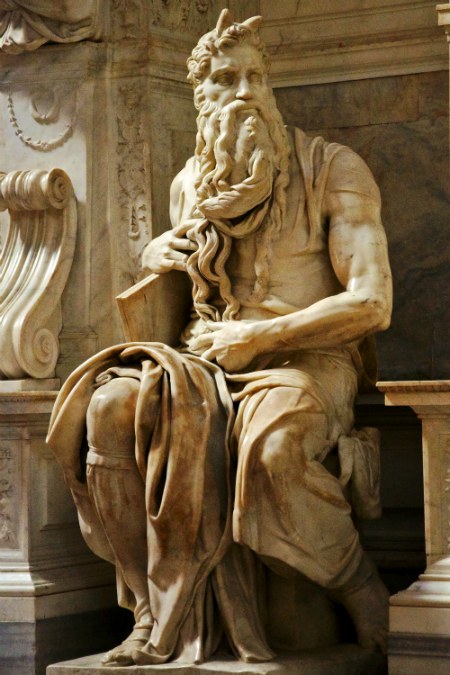
5
Cardonsky, idolatrous nineteenth century. The age of bourgeois revolutions – and thus of resistance to the monarchy. The genius of Russian literature Mikhail Lermontov in a series of works changed the way people think about the devil. "The sad demon, spirit of exile" does not cause fear or hatred, it's called empathy. Lermontov was forced to remember that the same Bible claimed that the devil is an angel, though fallen. This beloved son of God, although exiled. This rebellious and suffering spirit. The spirit world of sorrow. Such a beautiful image of a rebellious and suffering of devil – Demon – embodied in his paintings based on the works of Lermontov's the other genius of Russian art – a great artist Mikhail Vrubel.
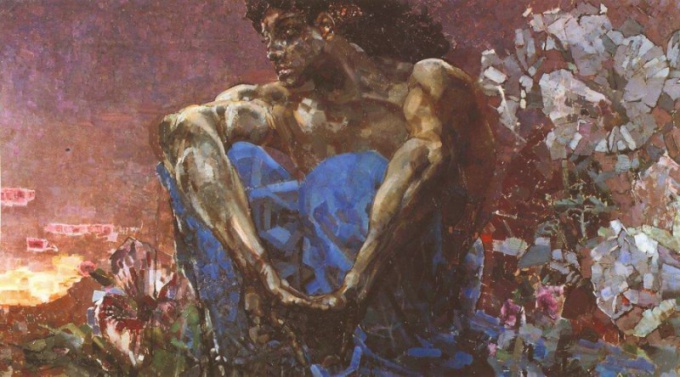
6
And the twentieth century – a century of rethinking values. Mikhail Bulgakov creates a mythic novel "Master and Margarita" where the devil again changes shape and meaning. Voland from "Master and Margarita" by Bulgakov – is the Supreme intelligence, Almighty power, noble appearance and... evil for good. Woland punishes evil with evil, violence – violence, literally burning human abomination. Woland above all puts God and light. Their diabolical means – of cruelty and violence – he constantly and consistently fighting for the cause of light. He's ironic, witty, and looks like a gentleman. No horns and hooves.
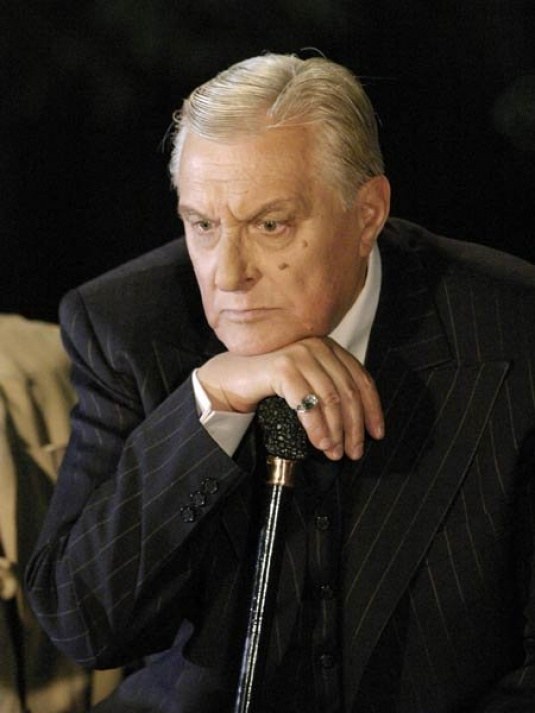
7
Humans are imperfect, but God the Creator ought not to do violence on their children. But if they deserve it? If they commit abuse on the earth over his own brothers and sisters? If they are doing lawlessness, breaking God's laws, the laws of humanity and benevolence? They deserve the brutal retaliation. And Woland dispenses justice. It is, rather, chief of the secret police of heaven, and not evil fiend.
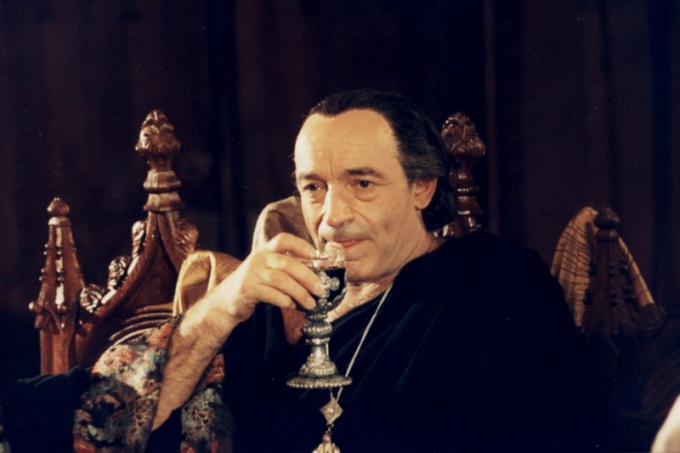
Note
In the great global confrontation between light and darkness, good and evil, personally, you, reading these lines, you will have to choose on whose side are you on, and on this basis to build thoughts, actions, and destiny. The world of duality, the third is not given. Either there or there. You choose.
Useful advice
Oh, young, pondering life! Read the Bible regardless of that believer you or not. You will see on its pages centuries of spasmodic and contradictory attempts of humanity to understand the essence of the ethical universe, as told to modern scientists - the information field, which exists and develops in human consciousness. The higher the consciousness, the closer it is to goodness and light, the closer it is to the comprehension of the great meaning of life.
